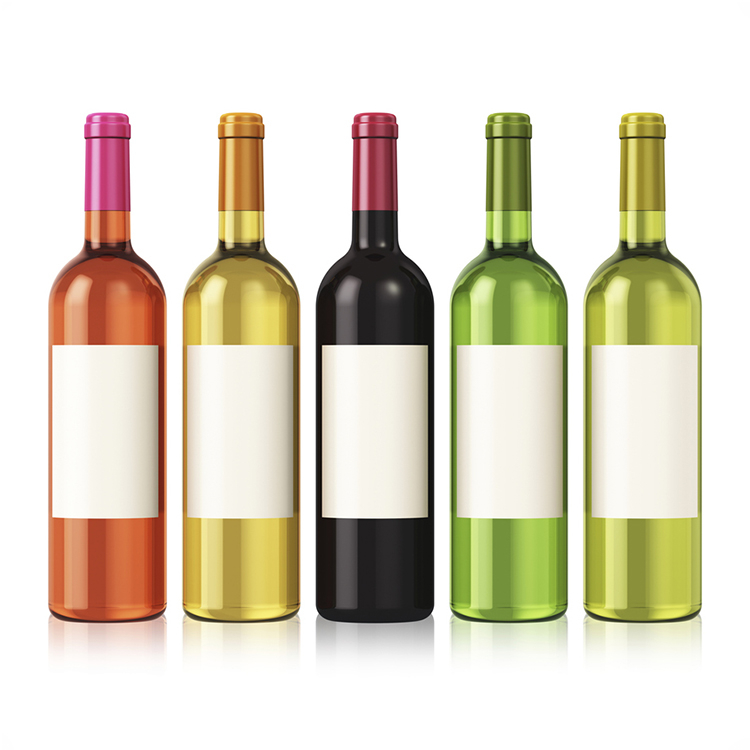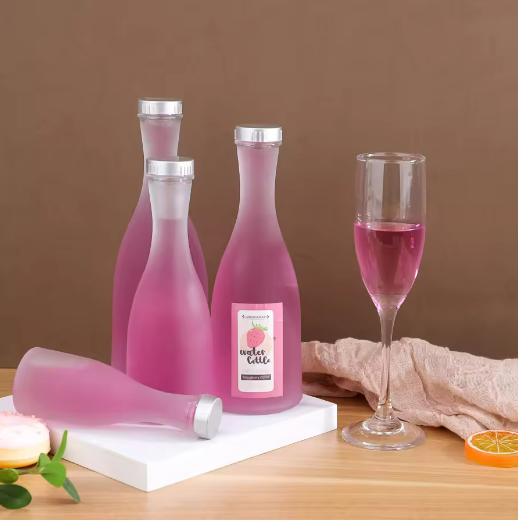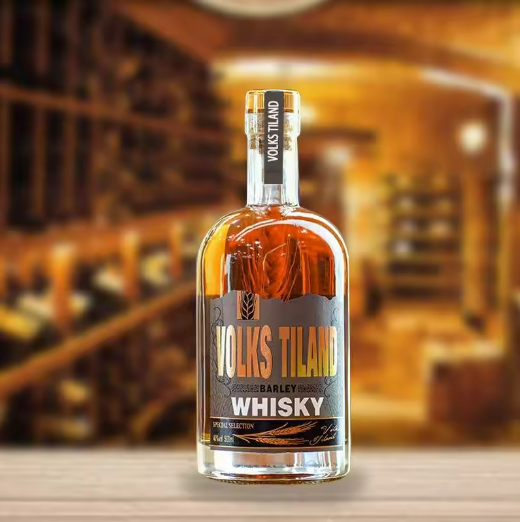1、 Spray coating
Spray coating is a process of spraying liquid or powder coating onto the surface of a glass bottle to form a coating film. Common coatings include polyurethane, epoxy resin, etc. Spraying can present different colors and textures on the surface of glass bottles, while also providing protection. However, the spraying process has a high cost and may also affect the transparency and aesthetics of the glass bottle.
2、 Printing
Printing is a process of printing patterns, text, and other materials onto the surface of glass bottles through printing techniques. Common printing methods include screen printing, heat transfer printing, etc. Printing can present more intricate patterns and text on the surface of glass bottles, increasing the aesthetic appeal and added value of the product. However, printing may also affect the transparency of glass bottles, and the durability of printed patterns is not as good as spraying.
3、 Sandblasting
Sandblasting is a process in which a high-speed rotating sandblasting wheel sprays media such as quartz sand to form a layer of frosting effect on the surface of a glass bottle. Sandblasting can provide a certain amount of friction on the surface of glass bottles, making it convenient for users to take and use, while also improving the aesthetics of the bottle body. However, sandblasting can make the surface of glass bottles less smooth and prone to residual stains, making cleaning more difficult.
4、 Heat transfer printing
Heat transfer printing is the process of transferring patterns, text, and other materials printed on heat sensitive transfer printing paper to the surface of glass bottles through hot pressing. Heat transfer printing can achieve high-definition patterns and colors, while also being waterproof and oil resistant, increasing the practicality of glass bottles. However, heat transfer printing can only be used on flat bottle bodies, and the pattern should not be too complex, otherwise it will affect the transfer effect.
5、 Electrolytic deposition
Electrolytic deposition is a process of manufacturing a patterned mold and depositing metal onto the surface of a glass bottle through electrode reactions in the electrolyte to form a pattern. Electrolytic deposition can give the surface of glass bottles a metallic luster and high-end feel, while also being waterproof, corrosion-resistant, and wear-resistant. However, electrolytic deposition requires the use of expensive electrolytes and equipment, and the cost of making molds is also high.
In summary, different surface treatment processes for glass bottles have their own advantages and disadvantages. Choosing a suitable surface treatment method for one’s own product can improve the quality and added value of the product.
If you’re in the market for a suitable storage and packaging material,
we have thousands of different types of glass products available.
Our professional team is here to support your business and share you valuable experiences.
Feel free to inquire!
Contact Us










